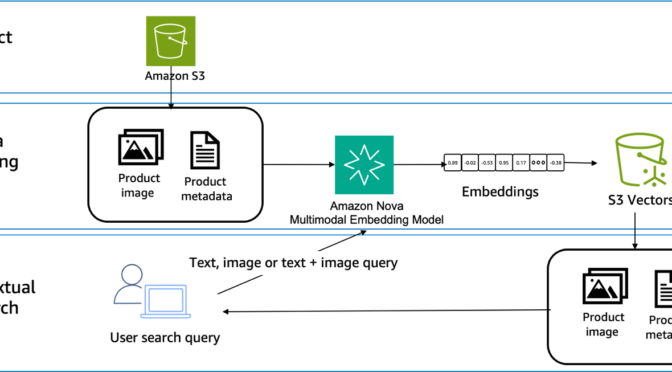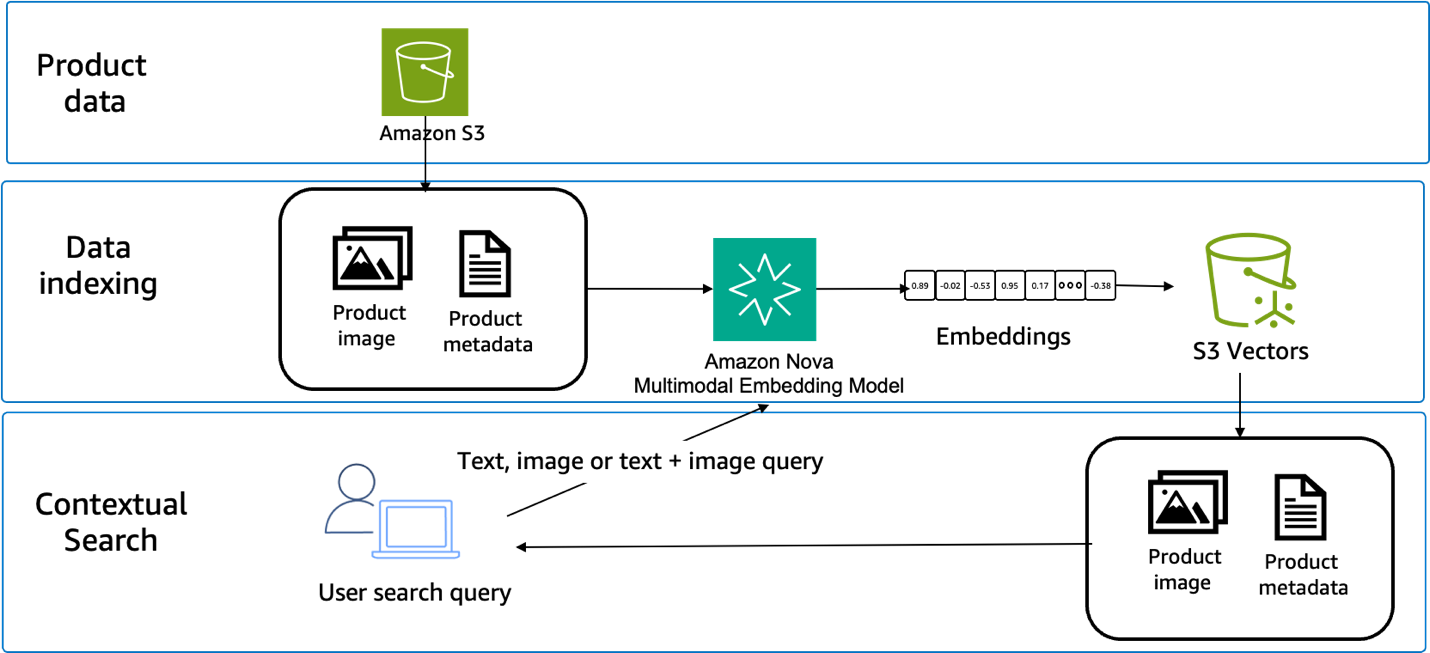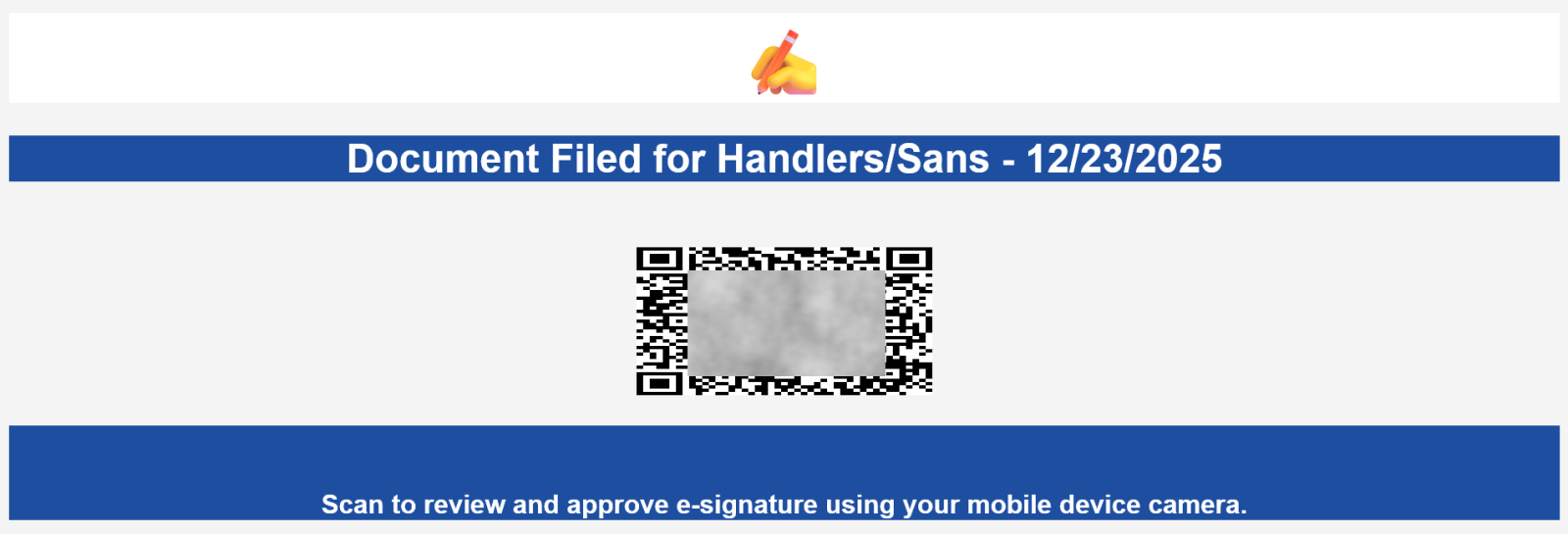Since a preview launch at AWS re:Invent 2025, we’re announcing the general availability of new memory-optimized Amazon Elastic Compute Cloud (Amazon EC2) X8i instances. These instances are powered by custom Intel Xeon 6 processors with a sustained all-core turbo frequency of 3.9 GHz, available only on AWS. These SAP certified instances deliver the highest performance and fastest memory bandwidth among comparable Intel processors in the cloud.
X8i instances are ideal for memory-intensive workloads including in-memory databases such as SAP HANA, traditional large-scale databases, data analytics, and electronic design automation (EDA), which require high compute performance and a large memory footprint.
These instances provide 1.5 times more memory capacity (up to 6 TB), and 3.4 times more memory bandwidth compared to previous generation X2i instances. These instances offer up to 43% higher performance compared to X2i instances, with higher gains on some of the real-world workloads. They deliver up to 50% higher SAP Application Performance Standard (SAPS) performance, up to 47% faster PostgreSQL performance, up to 88% faster Memcached performance, and up to 46% faster AI inference performance.
During the preview, customers like RISE with SAP utilized up to 6 TB of memory capacity with 50% higher compute performance compared to X2i instances. This enabled faster transaction processing and improved query response times for SAP HANA workloads. Orion reduced the number of active cores on X8i instances compared to X2idn instances while maintaining performance thresholds, cutting SQL Server licensing costs by 50%.
X8i instances
X8i instances are available in 14 sizes including three larger instance sizes (48xlarge, 64xlarge, and 96xlarge), so you can choose the right size for your application to scale up, and two bare metal sizes (metal-48xl and metal-96xl) to deploy workloads that benefit from direct access to physical resources. X8i instances feature up to 100 Gbps of network bandwidth with support for the Elastic Fabric Adapter (EFA) and up to 80 Gbps of throughput to Amazon Elastic Block Store (Amazon EBS).
Here are the specs for X8i instances:
| Instance name | vCPUs | Memory (GiB) |
Network bandwidth (Gbps) | EBS bandwidth (Gbps) |
| x8i.large | 2 | 32 | Up to 12.5 | Up to 10 |
| x8i.xlarge | 4 | 64 | Up to 12.5 | Up to 10 |
| x8i.2xlarge | 8 | 128 | Up to 15 | Up to 10 |
| x8i.4xlarge | 16 | 256 | Up to 15 | Up to 10 |
| x8i.8xlarge | 32 | 512 | 15 | 10 |
| x8i.12xlarge | 48 | 768 | 22.5 | 15 |
| x8i.16xlarge | 64 | 1,024 | 30 | 20 |
| x8i.24xlarge | 96 | 1,536 | 40 | 30 |
| x8i.32xlarge | 128 | 2,048 | 50 | 40 |
| x8i.48xlarge | 192 | 3,072 | 75 | 60 |
| x8i.64xlarge | 256 | 4,096 | 80 | 70 |
| x8i.96xlarge | 384 | 6,144 | 100 | 80 |
| x8i.metal-48xl | 192 | 3,072 | 75 | 60 |
| x8i.metal-96xl | 384 | 6,144 | 100 | 80 |
X8i instances support the instance bandwidth configuration (IBC) feature like other eighth-generation instance types, offering flexibility to allocate resources between network and EBS bandwidth. You can scale network or EBS bandwidth by up to 25%, improving database performance, query processing speeds, and logging efficiency. These instances also use sixth-generation AWS Nitro cards, which offload CPU virtualization, storage, and networking functions to dedicated hardware and software, enhancing performance and security for your workloads.
Now available
Amazon EC2 X8i instances are now available in US East (N. Virginia), US East (Ohio), US West (Oregon), and Europe (Frankfurt) AWS Regions. For Regional availability and a future roadmap, search the instance type in the CloudFormation resources tab of AWS Capabilities by Region.
You can purchase these instances as On-Demand Instances, Savings Plan, and Spot Instances. To learn more, visit the Amazon EC2 Pricing page.
Give X8i instances a try in the Amazon EC2 console. To learn more, visit the Amazon EC2 X8i instances page and send feedback to AWS re:Post for EC2 or through your usual AWS Support contacts.
— Channy

![Battling Cryptojacking, Botnets, and IABs [Guest Diary], (Thu, Jan 15th)](https://www.ironcastle.net/wp-content/uploads/2026/01/status-7.gif)









